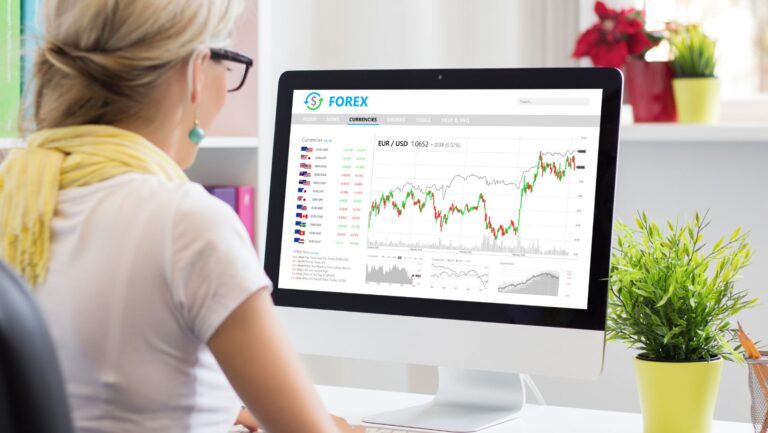Not so long ago, people could only rely on paper bills, banks, and brick-and-mortar institutions to move their funds. When the internet emerged, things started to change. Fast forward to 2025, and not only has moving money digitally become the norm, but there are tons of new alternative financial platforms that came to existence not so long ago.
In this article, we look at how much convenience they offer and whether you have to make some trade-offs in terms of control to use them.
Customer Demand for Convenience
With modern devices came the possibility to pay for just about anything online. Even when you’re inside a physical store, you’re no longer restricted to cash payments. In fact, credit cards have already overtaken paper money as the most widely used payment method in many countries.
Just like technology in general, financial platforms never stop evolving. Today, there are many of them that make managing your money much easier and add new layers of convenience that users never had with more traditional options.
Fintech apps have pretty much become synonymous with the convenience modern users want. Those such as Revolut, Cash App, and Monzo allow you to move money instantly, split bills in a single swipe, track expenses, and even manage your investments in just a few taps on the screen. Users are also sending money directly between themselves, bypassing parties like banks and payment processors that had to be involved in each transaction not so long ago.
Another equally important stage in this evolution was the emergence and rise of cryptocurrencies. It completely changed how people invest their money and manage their savings. Traditional systems have been replaced with something more accessible and convenient for everyone, especially young and tech-savvy users who have practically grown up online. More and more of those who fit this description decide to own digital currencies and use them in their everyday lives.
With all this progress, we started seeing platforms look for even more convenient ways to move their money around. Whether it’s for investing or entertainment purposes, there are new systems you can use to make the process even more seamless. Wallets can schedule transactions for you, renew your subscriptions automatically, and do even more without requiring any form of involvement.
There are Telegram gambling sites that allow you to enjoy games like roulette, poker, and more, without ever installing a separate app. Instead, you do everything within a Telegram chat that looks exactly the same as a chat screen with your friends.
All these novelties are a direct result of customers always looking for new and easier ways to manage their money. They offer the same or improved capabilities their predecessors did, but with even more convenience and accessibility that makes financial tools feel like a natural part of everyday life.
Does this mean less control?
Naturally, with extra convenience comes less control. When money was restricted to cash only, the only way to spend it was to visit a physical store and hand it over to the cashier. You always knew how much is sitting in your wallet, and no one could touch it without your permission. While this method comes with its own downsides and risks, new financial platforms are constantly looking for ways to replicate it in their own ways. The end result is more convenience than ever before and new ways to control your money that people are still getting used to.
Throughout the day, most people make a bunch of small transactions that can easily add up. Bank apps first resolved this issue by allowing them to see exactly how much their spending, where they do it, and how it affects their overall balance.
With fintech apps, customers suddenly got even more visibility and flexibility. They now have the option to categorize every purchase, set budgets, and receive instant alerts for each transaction. And features like round-up savings and automatic bill splitting made everyday money management far easier.
The same goes for the ways people invest their money. Before, when you wanted to make a move on the market, you had to go through a broker and sometimes even wait days for a transaction to clear. Now, investment apps and crypto exchanges let you buy or sell assets instantly in just a few taps on the screen. You can track your portfolio in real time, set automated trades, and even observe other traders and copy their approach without doing much research yourself.
This speed and availability do come with some challenges of their own. Investors are more likely to make impulsive decisions, and automation can create a false sense of security. When there’s an app that’s doing most of the heavy lifting for you, it’s easy to feel like you’re totally in control without truly understanding the risks behind each transaction.
What’s Next for Alternative Financial Platforms?
These new financial platforms have emerged relatively recently. With them still being in their early days, it’s natural that they’re constantly evolving even further. Already, we’re seeing new features arrive that attempt to either offer even more convenience to users or give them more control and safer ways to manage their money.
Even more updates are arriving every day. Some apps look to integrate payment systems into social apps or make use of AI to analyze spending habits and help users have a better idea of what they’re doing with their money.
The line between managing money and living your day-to-day life is becoming thinner, with new, alternative financial tools working quietly in the background to make the entire process better and more convenient.





